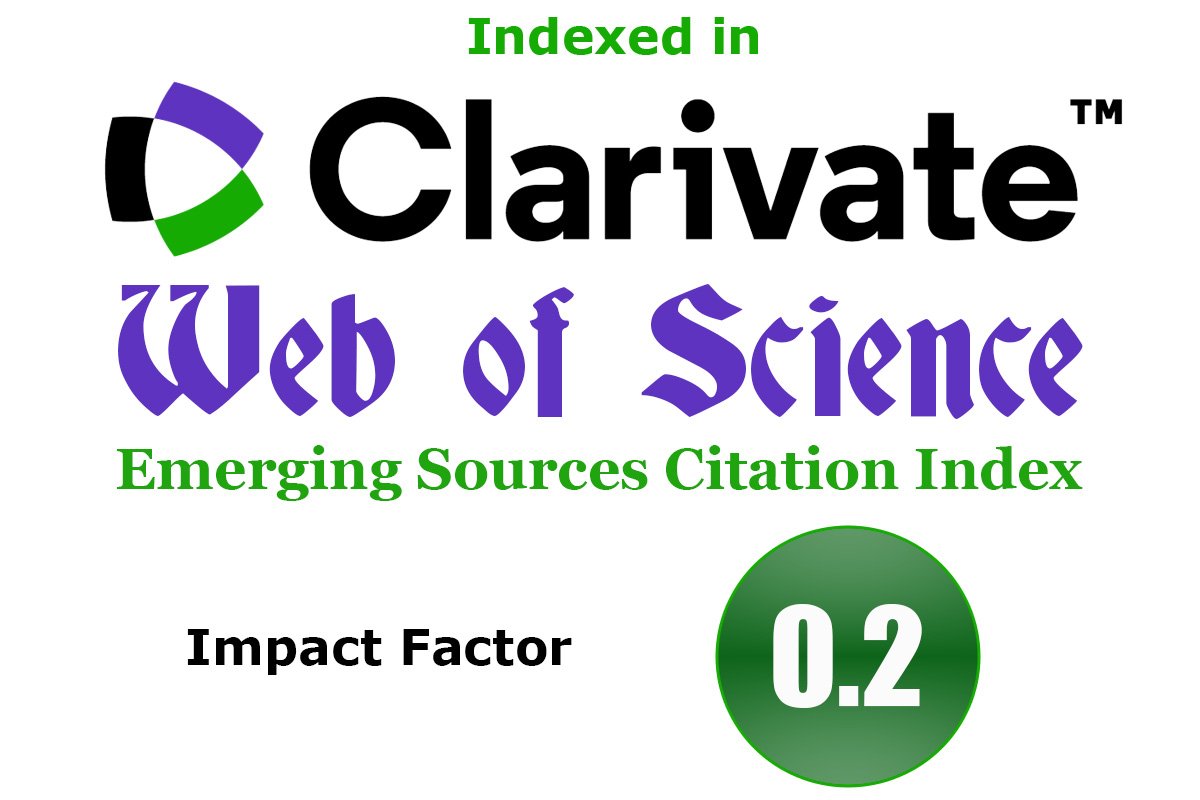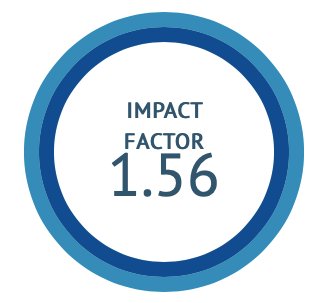Synthesis of Nisha-Amalaki Yoga (NAY) Using Special Ayurveda Pharmaceutical Technique: Bhavana (Levigation/Wet Milling)
DOI:
https://doi.org/10.47552/ijam.v13i1.2426Keywords:
Bhavana, GC-MS, Pharmaceutical techniques, Physicochemical changesAbstract
Bhavana (Levigation) is a pharmaceutical process, which is preferably useful to nullify the unwanted effects of drugs and to potentiate the drug action by transforming the physical and chemical changes. In this process herbal powders are triturated along with herbal juice, decoction, or any organic liquid media till complete absorption of liquid with trituration process. This article is going to throw light on potentiation, synergistic action, increase in shelf life, and dose reduction of Nisha-Amalaki Yoga. In pharmaceutical process of Nisha-Amalaki Yoga,3 Bhavana of Emblica officinalis Gaertn. fruit juice was given to the powder of Curcuma longa L., until complete absorption of juice and dried under sunlight. Due to wet milling techniques, beneficial physicochemcal parameters changed in finished product. Weight of Choorna increased in successive manner indicating accumulation of solid particles of Emblica officinalis Gaertn. juice in Curcuma longa L. powder. Various organoleptic changes such as change of taste, change of color are also noticed. Continuous wet trituration with pressure reduced the particle size (60 to 85 mesh size) and made it compatible. GC-MS (Gas Chromatography-Mass Spectrometry) analysis revealed the presence of the major compounds such as1,1-Difluoro-Tetramethylcyclopropane (1.52%), AR-Tumerone (35.11%), 7- Curlone (55.30%) and Iso-aromadendrene epoxide/Iso-pinocarveol (8.07%). These compounds possess antidiabetic property which will be useful for upcoming clinical trial on prediabetes.
Downloads
Published
How to Cite
Issue
Section
License
Copyright (c) 2022 International Journal of Ayurvedic Medicine

This work is licensed under a Creative Commons Attribution 4.0 International License.
The author hereby transfers, assigns, or conveys all copyright ownership to the International Journal of Ayurvedic Medicine (IJAM). By this transfer, the article becomes the property of the IJAM and may not be published elsewhere without written permission from the IJAM.
This transfer of copyright also implies transfer of rights for printed, electronic, microfilm, and facsimile publication. No royalty or other monetary compensation will be received for transferring the copyright of the article to the IJAM.
The IJAM, in turn, grants each author the right to republish the article in any book for which he or she is the author or editor, without paying royalties to the IJAM, subject to the express conditions that (a) the author notify IJAM in advance in writing of this republication and (b) a credit line attributes the original publication to IJAM.




